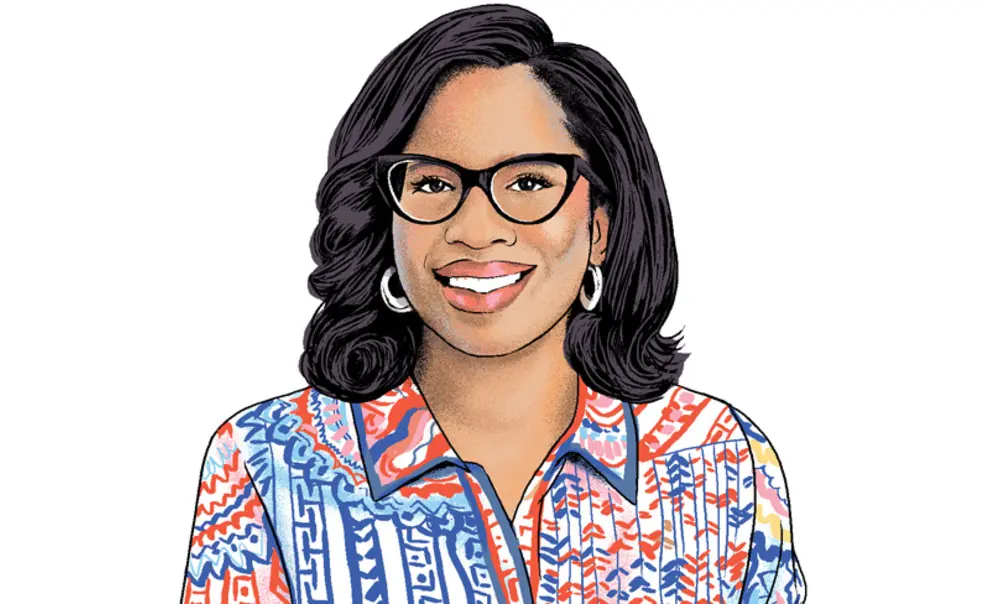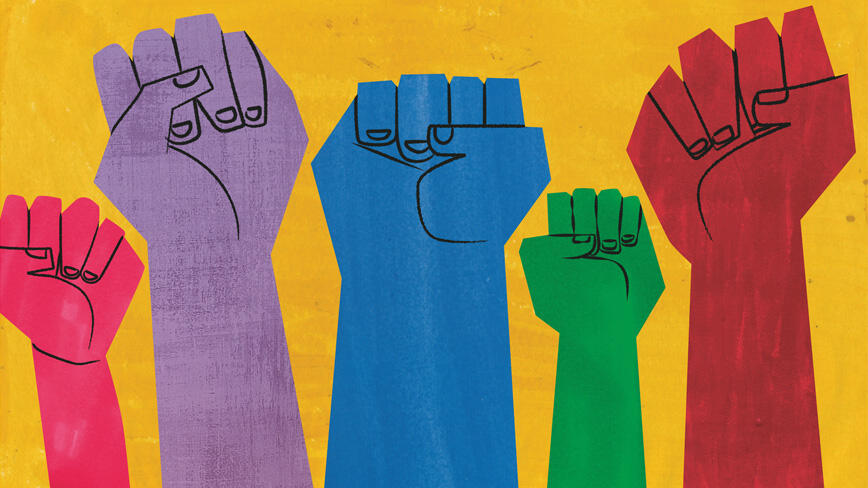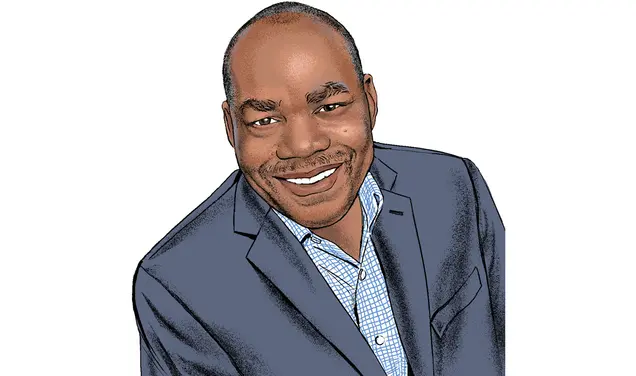Reena Goldthree Is Shining a Light on Afro-Caribbean History
Despite growing up in a city that she jokes is “the least Caribbean place on Earth” — St. Louis, Missouri — Reena Goldthree developed a deep interest in Latin America and the Caribbean thanks to her mother’s career as a Spanish teacher. “On family vacations and school trips, I got to travel a bit,” she explains.
Trips to places such as Jamaica, Mexico, and Brazil exposed Goldthree to different languages, foods, and cultures, and she became particularly fascinated “by seeing other Black communities in the Americas.”
Goldthree went on to pursue a graduate degree in history at Duke, where she supplemented her coursework with a class that examined the connections between Afro-Brazilians and African Americans. A lightbulb went on for her: “I had never thought I could combine my interest in Black communities beyond the U.S. and my interest in history,” she says. “Almost immediately, I was like, this is exactly what I want to do.”
Goldthree’s research focuses on the history of social movements, labor and migration, and feminism across Latin America and the Caribbean.
Quick Facts
Title
Associate professor of African American studies
Time at Princeton
8 years
Upcoming Class
Caribbean Women’s History
Goldthree’s Research: A Sampling
War in the Caribbean
Many prominent Black intellectuals from the 1920s through the 1940s cited World War I as a turning point for social and political activism in the Caribbean and its global diaspora. Yet there has been little scholarship on the war’s impact in the Caribbean and the experiences of Afro-Caribbean colonial soldiers. Goldthree set out to change that with her new book, Democracy’s Foot Soldiers: World War I and the Politics of Empire in the Greater Caribbean, which chronicles the experiences of the nearly 16,000 Afro-Caribbean soldiers who fought in the war and the activists and volunteers who joined them to campaign globally for equality and respect. “What did a ‘war for democracy’ mean for colonial subjects who were not living in democratic societies?” Goldthree asks.
Speaking the Language of Harlem
The Harlem Renaissance of the 1920s and 1930s was marked by contributions from not only English-speaking Black intellectuals, but also Spanish-speaking Black Puerto Rican and Cuban intellectuals, who highlighted that racism also exists across the Spanish-speaking diaspora. They called for racial solidarity to combat it. Goldthree is currently studying the Spanish-language column that Afro-Cuban intellectual Bernardo Ruiz Suarez published in The New York Age newspaper. This research will illustrate how these Black periodicals “created a dialogue between and visibility for the multilingual, multi-ethnic Black communities that were all living side by side in Harlem,” she says.
The Rise of Imperialism
After the Civil War, the United States began to explore ways to annex territories in the Caribbean, ultimately invading Puerto Rico and occupying Cuba. Goldthree’s next book project will examine the growing presence of the U.S. as an imperial power in the area and “trace how Caribbean intellectuals respond to this presence” in the 19th and 20th centuries. She adds, “Studying the Caribbean gives us a fresh vantage point on these huge questions about U.S. empire building, and how we understand colonialism and its consequences.”













No responses yet